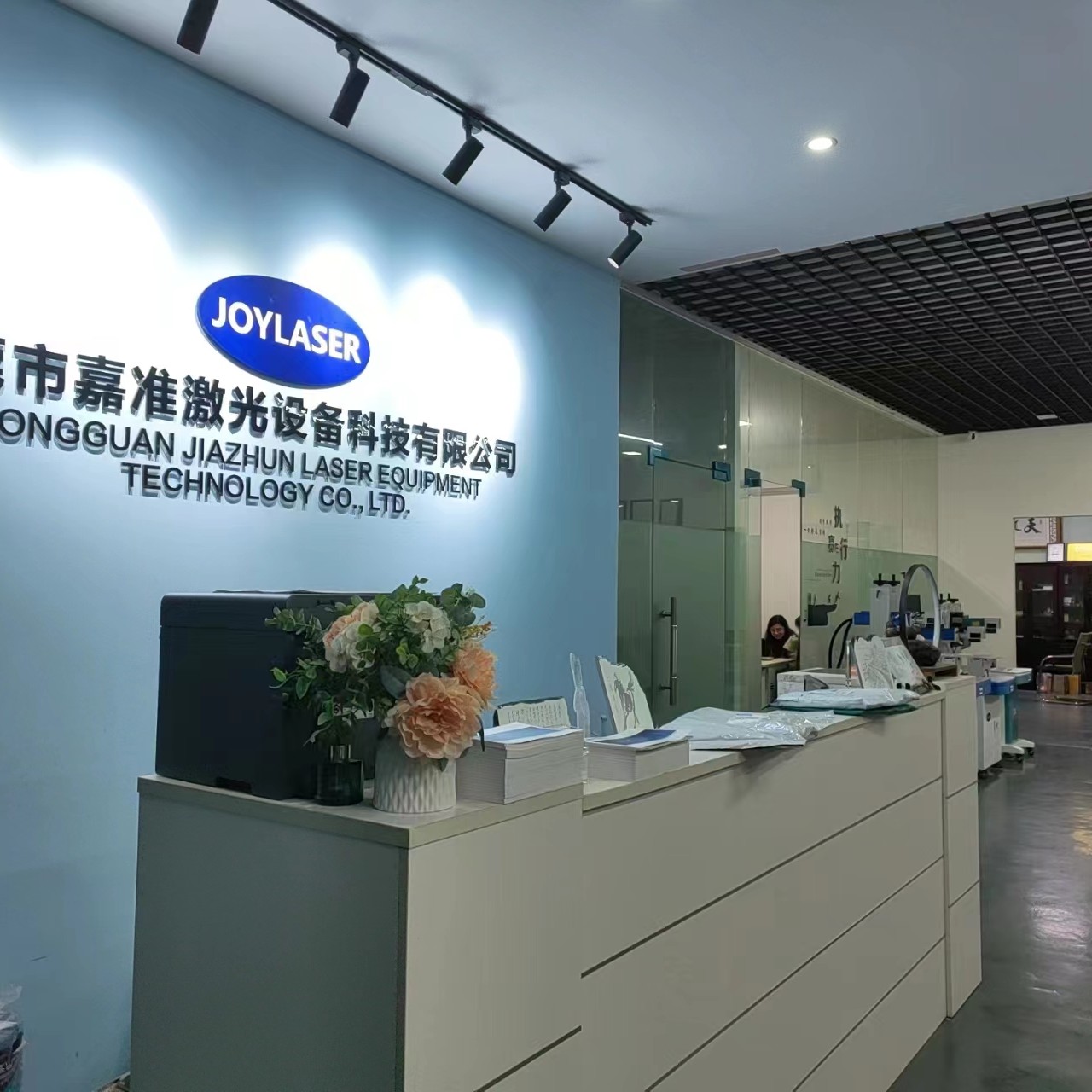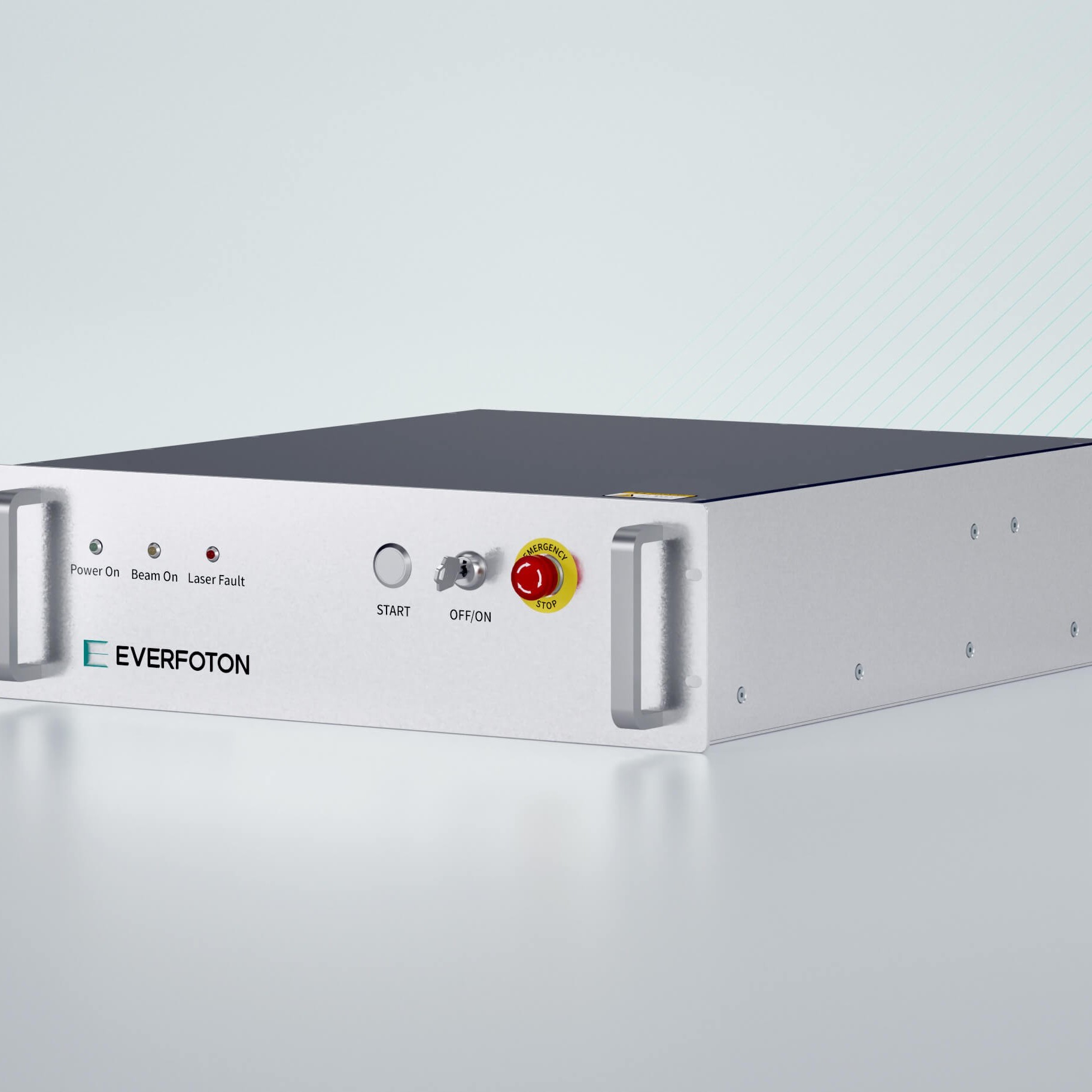A new study from the University of Chicago and Shanxi University has discovered a way to simulate superconductivity using laser light. Superconductivity occurs when two sheets of graphene are slightly twisted as they are layered together. Their new technique could be used to better understand the behavior of materials and could potentially open the way for future quantum technologies or electronics. Relevant research results were recently published in the journal Nature.
Four years ago, researchers at MIT made a startling discovery: If regular sheets of carbon atoms are twisted as they are stacked, they can be transformed into superconductors. Rare materials such as "superconductors" have the unique ability to transmit energy flawlessly. Superconductors are also the basis of current magnetic resonance imaging, so scientists and engineers can find many uses for them. However, they have several disadvantages, such as requiring cooling below absolute zero to function properly. The researchers believe that if they fully understand the physics and effects, they can develop new superconductors and open up various technological possibilities. Chin's lab and the Shanxi University research group have previously invented ways to replicate complex quantum materials using cooled atoms and lasers to make them easier to analyze. In the meantime, they hope to do the same with a twisted bilayer system. So, the research team and scientists from Shanxi University developed a new method to "simulate" these twisted lattices. After cooling the atoms, they used a laser to arrange the rubidium atoms into two lattices, stacked on top of each other. The scientists then used microwaves to facilitate the interaction between the two lattices. It turns out that the two work well together. Particles can move through the material without being slowed down by friction, thanks to a phenomenon known as "superfluidity," which is similar to superconductivity. The system's ability to change the twist orientation of two lattices allowed the researchers to detect a new kind of superfluid in atoms. The researchers found that they could tune the strength of the two lattices' interaction by varying the intensity of the microwaves, and they could rotate the two lattices with a laser without much effort -- making it a remarkably flexible system. For example, if a researcher wants to explore beyond two to three or even four layers, the setup described above makes it easy to do so. Every time someone discovers a new superconductor, the physics world looks up with admiration. But this time the result is particularly exciting because it's based on such a simple and common material as graphene.



Post time: Mar-30-2023


